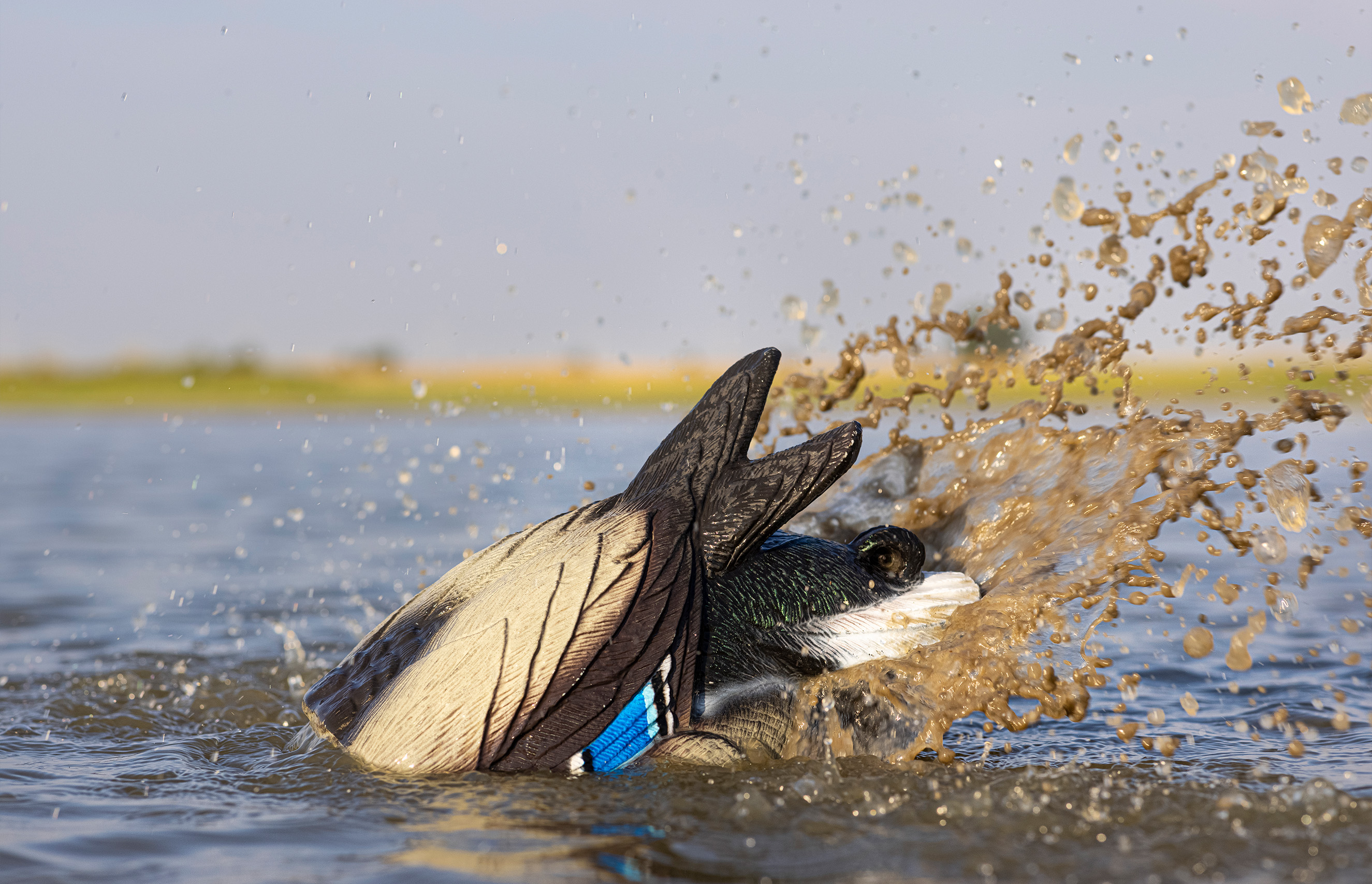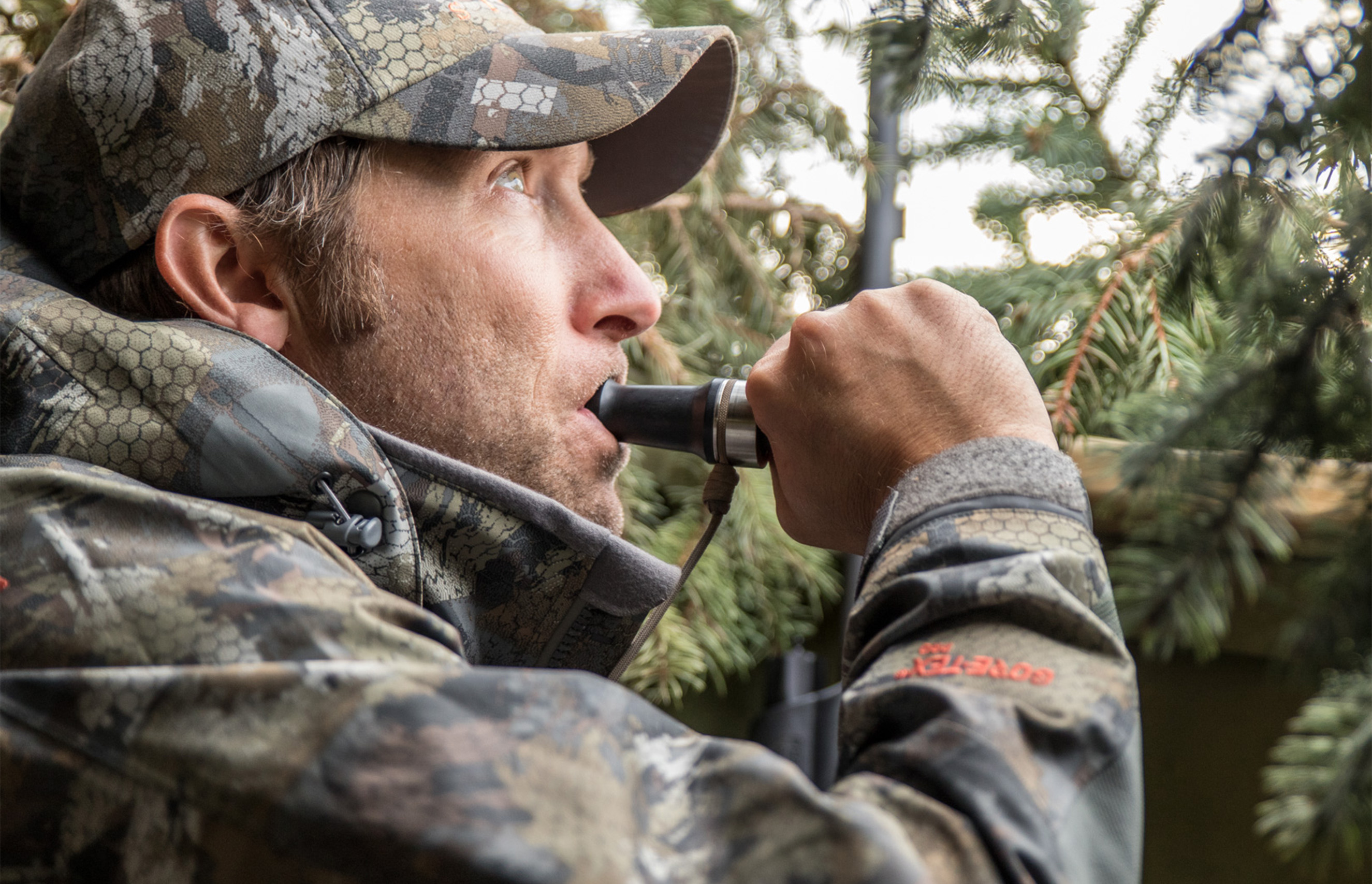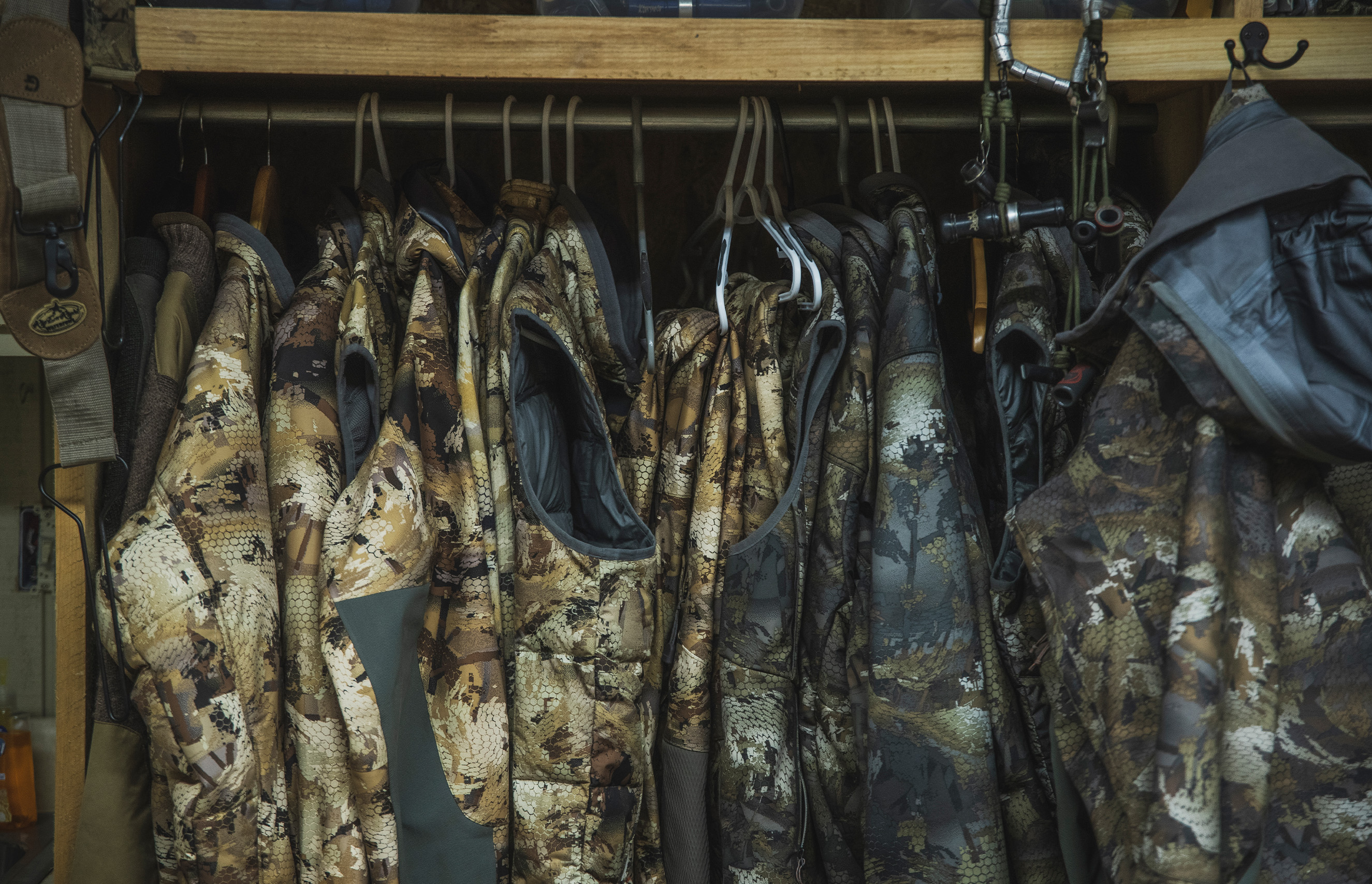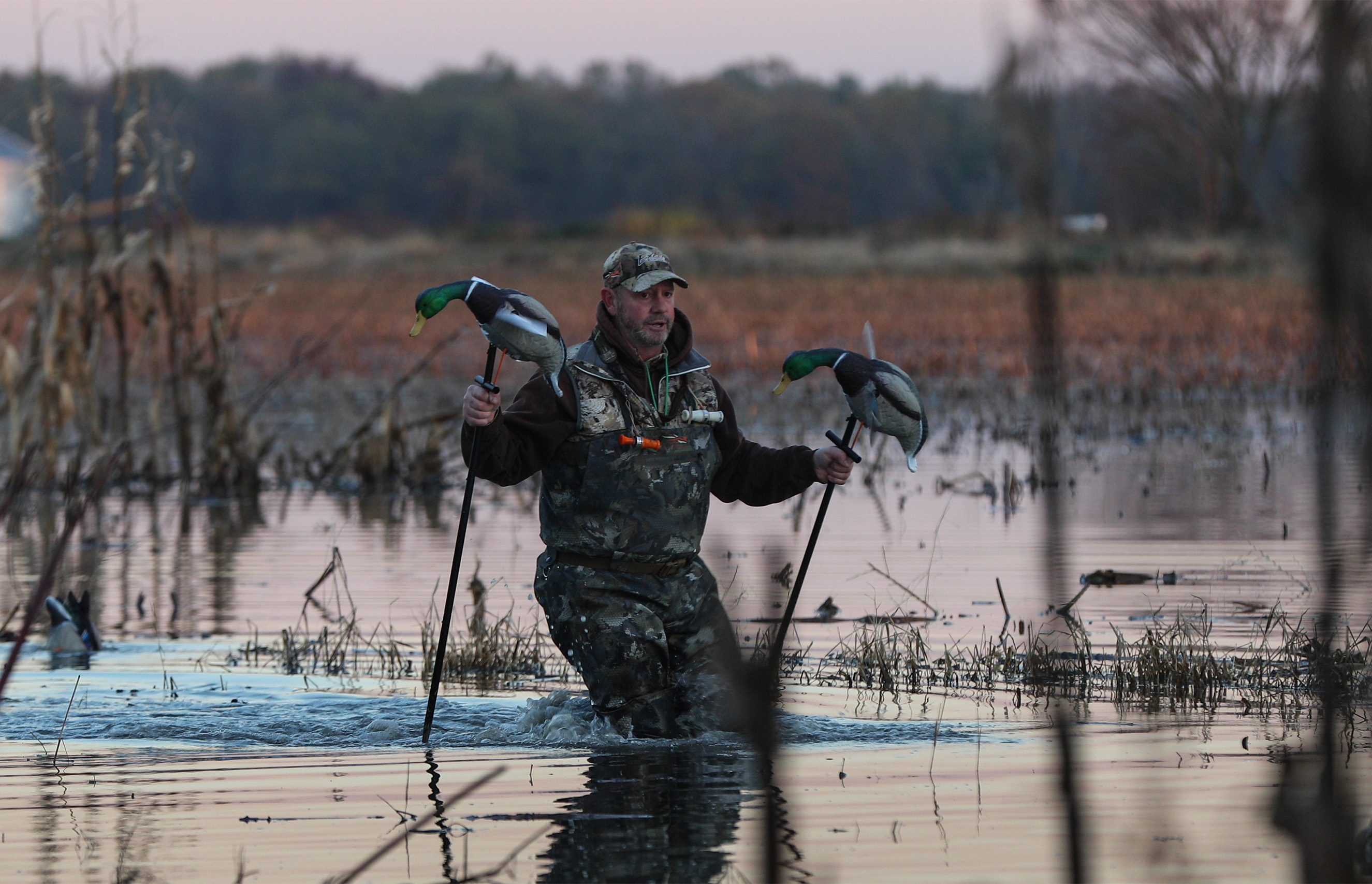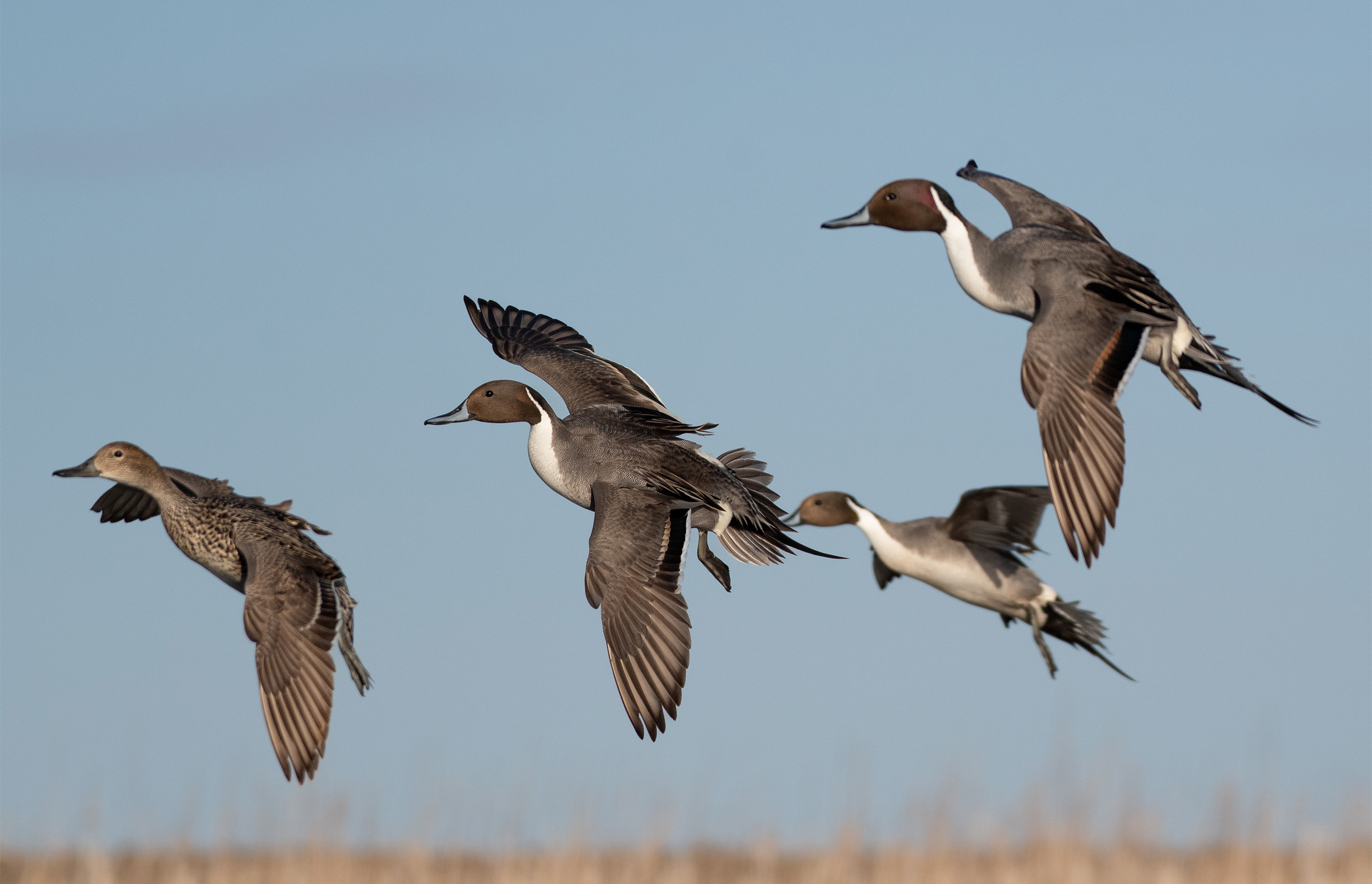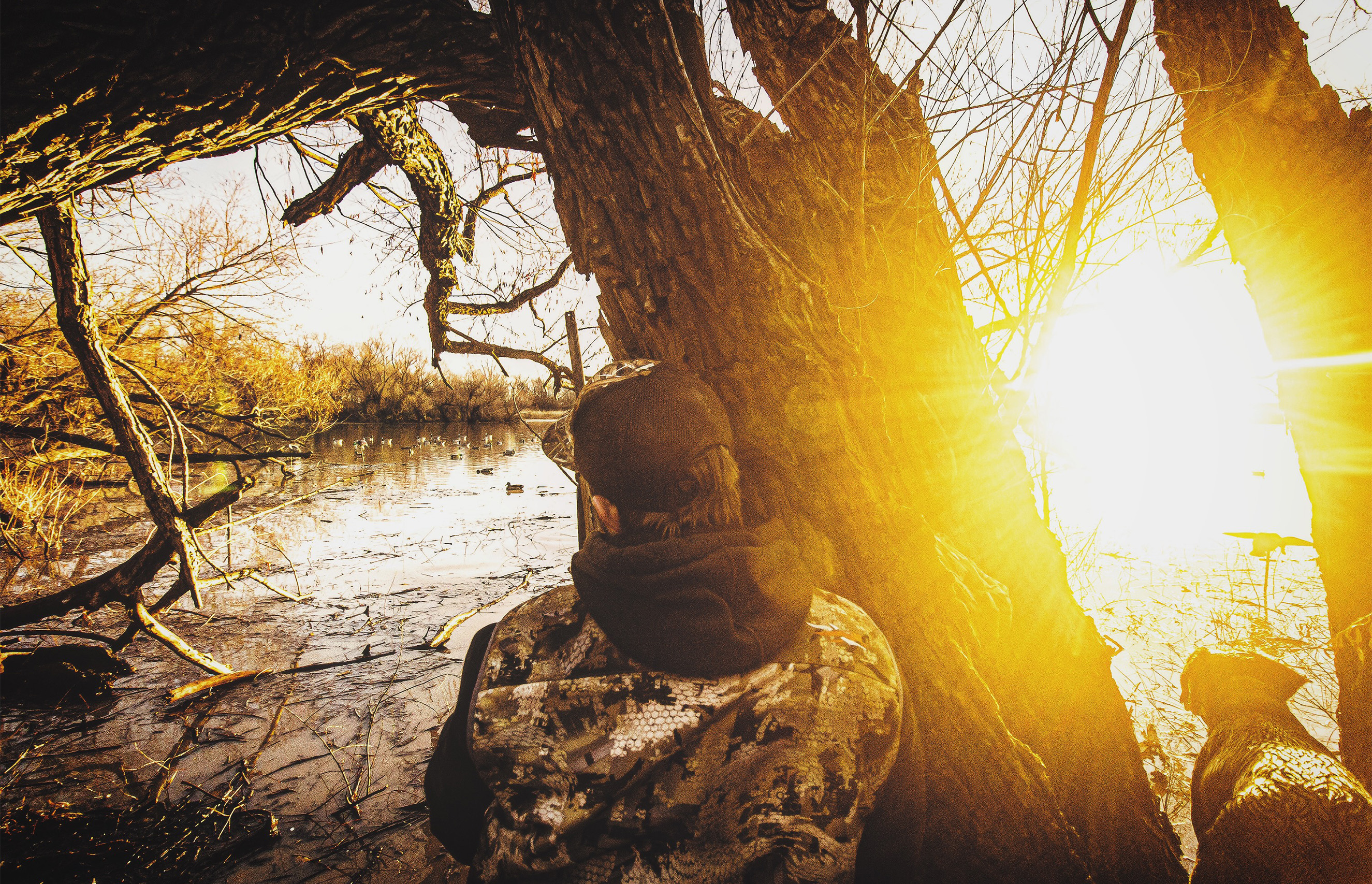Early Season Duck Hunting Tips
Posted by Lucky Duck Team on Sep 26th 2024
Understanding Early Season Waterfowl Behavior
In the early season, waterfowl behavior can be quite different from later in the year. Birds are less pressured, meaning they are not as wary as they will be after weeks of hunting. They tend to stick to established feeding and resting routines, which makes patterning their movements easier. Early season waterfowl, especially younger birds, are also more likely to respond positively to decoys and calling. However, their behavior is still influenced by factors like food availability, water levels, and weather. This means you’ll need to stay flexible and observant to adjust your strategies as their behavior evolves throughout the season.

Scouting
Effective scouting is the backbone of any successful early season hunt. Since birds have not been heavily disturbed, they are likely following consistent flight paths between feeding and roosting areas. Spend time identifying where ducks and geese are gathering, noting both their feeding locations and flight times. Early morning and late afternoon scouting trips can provide crucial insights. Use binoculars or a spotting scope to observe from a distance without disturbing the birds. Look for patterns in their behavior, as these will help you determine the best places to set up blinds and decoys when the hunting season opens.
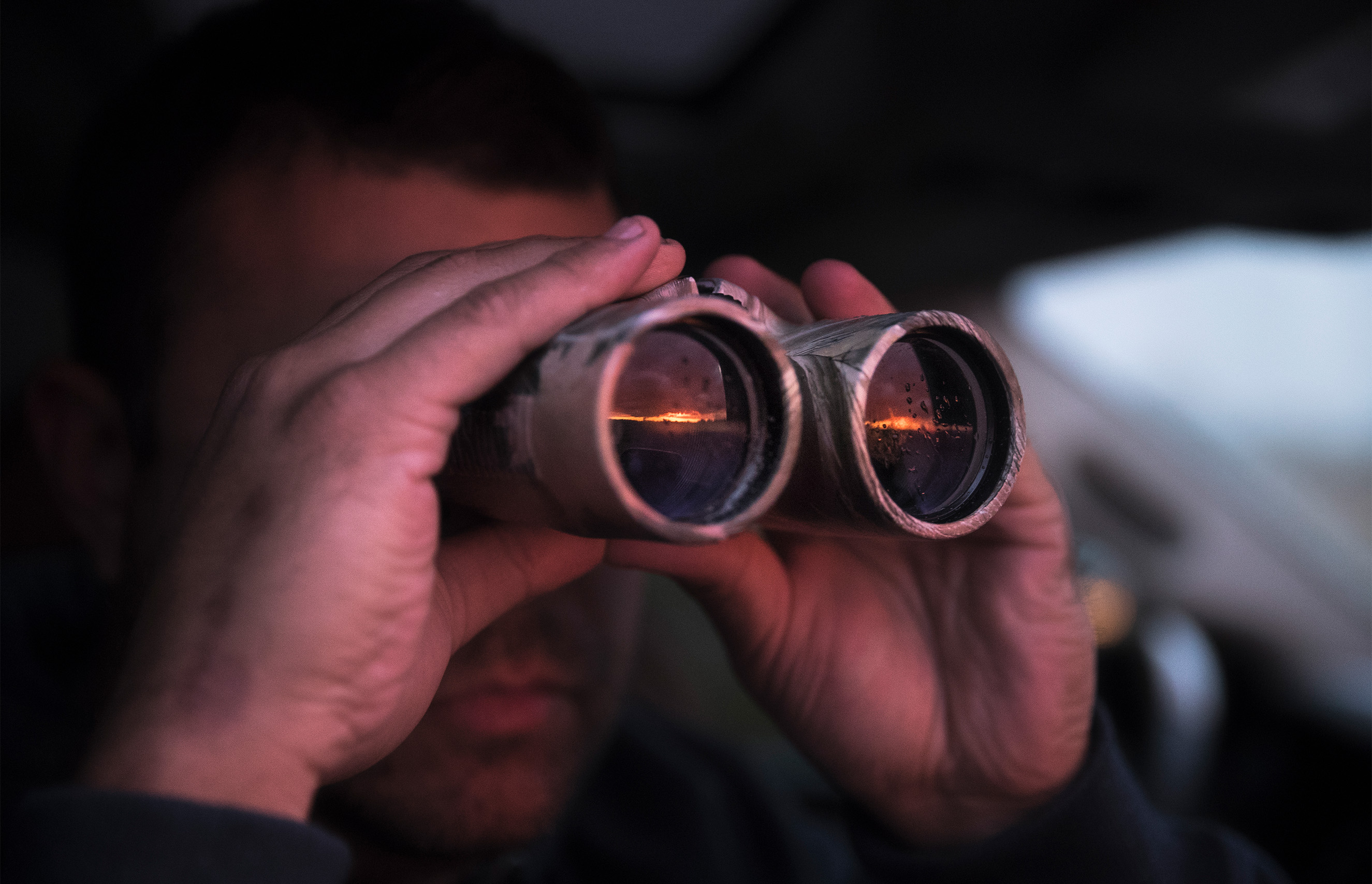
Choosing the Right Decoys
During the early season, waterfowl aren’t as skittish as they’ll be later in the year, but that doesn’t mean they’ll be fooled by just any setup. It’s still smart to use decoys that are geared to attract the birds you're targeting. In the early season, a simple but realistic spread is more likely to be enough to lure in birds, especially young and less experienced birds. Lucky Duck’s motion decoys, such as the Lucky Agitator, can add lifelike movement to your spread, making it even more inviting.
Set Up Your Decoy Spread
Setting up the perfect decoy spread in the early season can significantly improve your success. Start with a dozen or so decoys (more if you have them), arranging them in a U-shape or J-hook pattern to guide incoming birds toward your shooting lane. If you have enough decoys, you can create two separate flocks with open water in between for the birds to land. Place motion decoys like the Lucky Dabbler decoys near the center to create the appearance of active feeding nearest the spot where you expect the birds to land. Be sure to leave an open landing zone in your spread—this will invite birds to land in the ideal shooting spot, although we all know they like to fool us and sometimes will land right in the middle of your decoys in spite of your perfect setup.
Early Season Calling Techniques
Birds haven’t been pressured by weeks of hunting, so aggressive calling may not be necessary, but hitting the perfect sweet spot is less of an issue with ducks that aren’t suspicious of calls yet. Pay attention to how the birds are responding—if they’re coming in naturally, it’s best to ease off on calling. Don’t add variables to something that’s already working! If they aren’t committing, a few well-timed calls may do the trick.
Blinds and Concealment
Even in the early season, proper concealment is critical. Birds may not be as wary yet, but they still won’t land if they spot something suspicious. Early season hunting typically offers more lush vegetation, making it easier to hide your blind effectively. Use natural materials like tall grass, cattails, and reeds to blend your blind into the environment as much as possible. Make sure your setup doesn’t stand out—pay attention to shadows, shiny objects, and movement that could give you away and think about how a duck would view your hiding spot from different aerial angles. Lucky Duck offers a range of portable blinds designed to keep you hidden while providing comfort and mobility. Regardless of how well you are hidden, it’s a good rule of thumb to keep your movements minimal and wait for the birds to fully commit before you take your shot.
Gear Up
Early season weather can range from mild to wet and chilly, so dressing in layers is crucial. Don’t forget waders, a waterproof jacket for rainy days, and bug spray—mosquitoes can still be an issue in the early season! Lucky Duck’s motion decoys and portable blinds should also be part of your essential gear list, helping you lure in birds and stay hidden. Lastly, pack extra shells (or the limit in your area, which varies by state or even by the particular wilderness management area you are on). No reason to end early just because you ran out of ammo.
Weather and Food: Keys to Early Season Success
For early-season success, understanding how weather and food influence duck behavior is crucial. Early migrants like blue-winged teal, pintails, and shovelers respond quickly to fall weather fronts, meaning the timing of your hunt should coincide with these shifts. Watching the weather helps you anticipate when new birds will arrive, and these early travelers are often more receptive to decoy spreads and calls.
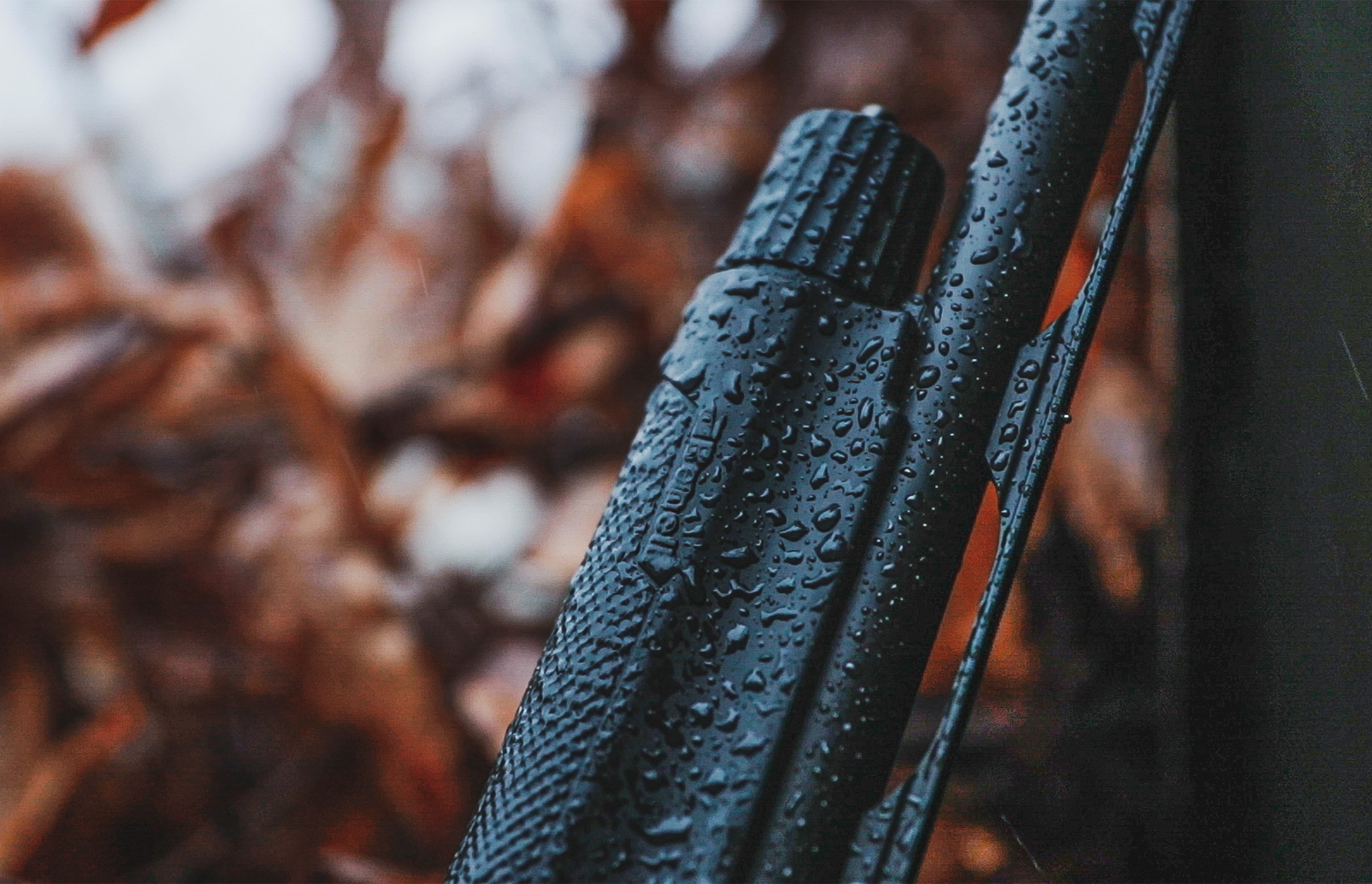
Food availability also plays a major role. Early in the season, ducks rely on protein-rich wetlands for their molting needs, making these areas prime hunting spots. As the season progresses, ducks shift to carbohydrate-heavy grains in agricultural fields to build energy reserves for migration. Transitioning your hunting locations from wetlands to grain fields, particularly flooded ones, can lead to greater success as the season advances.
Don’t Shoot the First Duck You See
When a flock of ducks pitches into your decoys, it’s tempting to focus on the closest or most obvious bird. Many hunters make this mistake, resulting in multiple people firing at the same duck, which can waste shots and reduce overall success. A more strategic approach is to aim for a duck further back in the flock—one that’s trailing or flying slightly higher than the lead birds.
By targeting a trailing duck, you avoid competing with other hunters in the blind for the same shot. This method also positions your gun for better follow-up shots, as the rest of the birds flare. It’s a more efficient way to shoot, ensuring you capitalize on the opportunity without confusion or wasted ammunition.
Hunting Local Birds
Early-season hunting for puddle ducks can require a lighter approach. During this time, ducks are mostly local birds, so large decoy spreads and aggressive tactics are not necessary. Instead, use smaller decoy setups of realistic decoys—typically between six and 30—with a Lucky Duck in there for motion. Rotate your hunting locations to reduce pressure on local ducks.
You also may want to be wearing green camo that matches early-season marsh vegetation to help you blend in and get closer shots.
Timing Your Hunt
Timing is important in all waterfowl hunting, early season or not. Early morning and late afternoon are prime times, as birds are moving between feeding and roosting areas. During the middle of the day, ducks and geese are likely to rest, so your efforts may be better spent scouting or adjusting your setup. First light often sees the most bird activity, so it’s important to be in position well before dawn. Similarly, late afternoon hunts can be very productive also, with birds returning to roost just before sunset.
Final Thoughts on Early Season Success
Early season waterfowl hunting presents a unique set of opportunities and challenges. By understanding bird behavior, scouting effectively, and using the right decoys, blinds, and kennels, you can set yourself up for a successful hunt. The key is to stay flexible and be ready to adapt to the conditions in front of you. Remember, preparation is everything—whether it's choosing the right gear or perfecting your decoy spread, sometimes every detail counts.
For your early season hunting gear, from motion decoys to blinds and dog kennels, check out Lucky Duck’s product line. Start planning your next hunt today and give yourself the best chance for early season success with gear that’s built for only one purpose: great waterfowl hunting!

